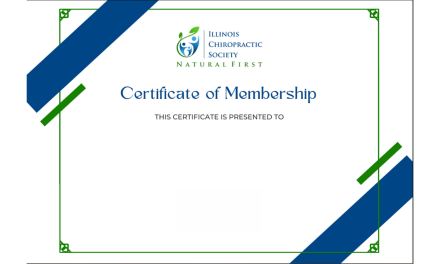
The Episode of Care

Medicare audits continue as part of the contractor’s responsibilities and claim form errors can trigger an audit. One easy to identify red flag is the date in Box 14. Even in conventional insurance, box 14 is still a pertinent piece of information to signal the start of a treatment plan, known as the episode of care.
The claim form is used not only to obtain payment, but carriers and other third parties will use the information on the claim form to gain information about the case. If used properly, Box 14 of the claim form will give information that will answer questions before they arise. If used improperly, a poor date in Box 14 will most probably lead to denial and a possible audit.
Box 14 of the claim form asks for the date of onset, injury or date of the last menstrual period (LMP). The LMP is used only for obstetrics. In the claim form box 14 also contains a space for a qualifier (Qual). Depending on the carrier, the box 14 will usually require the qualifier “431”, which indicates that it is the date of onset or injury. In Medicare, Box 14 is used to indicate the date the patient first began treatment in your office for the diagnosis listed in line A of Box 21. Since the Medicare Box 14 date is neither the date of the onset nor the LMP, you do not use a qualifier.
In all Medicare and commercial insurances (Blue Cross, Aetna, UHC and so forth), the date in Box 14 should be updated if an exacerbation of the condition occurs. According to Medicare, “an acute exacerbation is a temporary but marked deterioration of the patient’s condition that is causing significant interference with activities of daily living due to an acute flare-up of the previously treated condition.”
The Comprehensive Error Rate Testing Program (CERT) consistently ranks maintenance care, a non-covered service, as one of the top three errors in Medicare. Blue Cross is looking for maintenance care as an offender as well. Whether the date is the onset of injury or the date that you first began treating the patient for a certain condition, you can see that if the date has not been updated as indicated, it could trigger an audit. In Medicare and other carriers, if the date is over 90 days old, it indicates that you have been treating the patient for over 90 days for the same condition. Recently, Blue Cross also updated its policies to indicate that the “episode of care” should not exceed 90 days, unless complicating factors are present to delay the healing process. If complicating factors affect the care of the patient, these diagnosis codes should be listed on the claim form and must be placed as the last diagnostic code listed on the claim form.
The only case where you never want to update or change the date in Box 14 is in a personal injury or worker’s compensation case. In these types of cases, the date in Box 14 indicates when the accident occurred. Changing the date while the case is progressing would indicate that another injury has occurred and will usually trigger a questionnaire to see if there is another source of injury.
Your first line of communication to a carrier is the claim form, and clear claim form communication is one step toward unencumbered reimbursement. It is imperative that the doctor and staff are aware of information that reviewers are looking for in an audit. Internal monitoring and self-audit of records before they are sent to the carrier will decrease denials, ensure proper reimbursements and decrease recoupment.

















